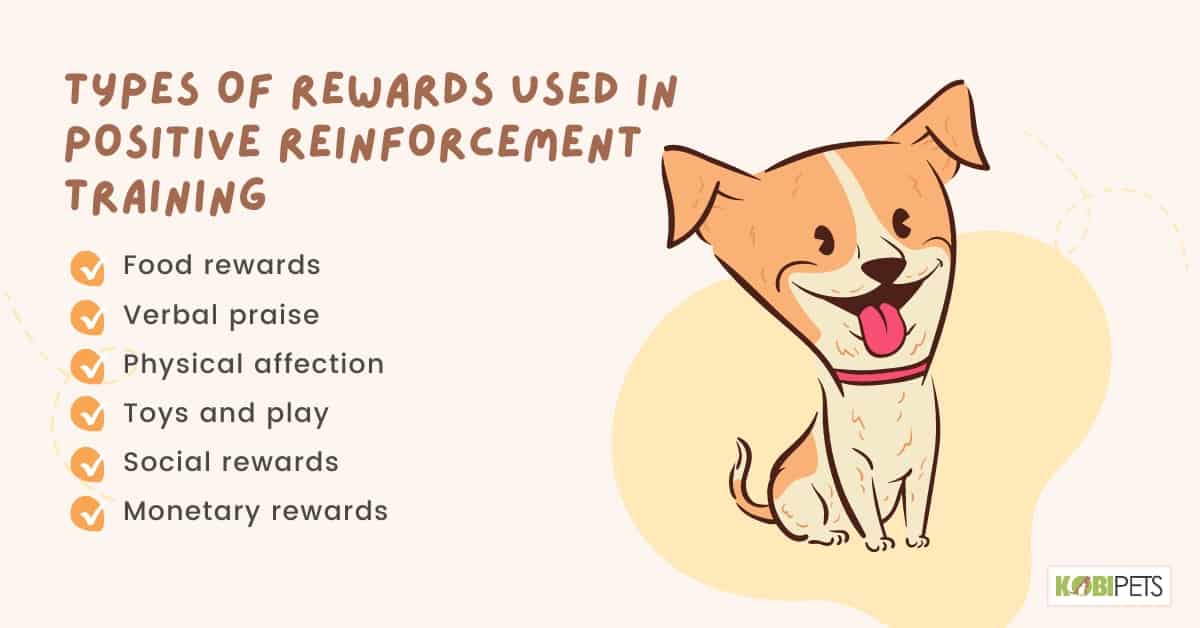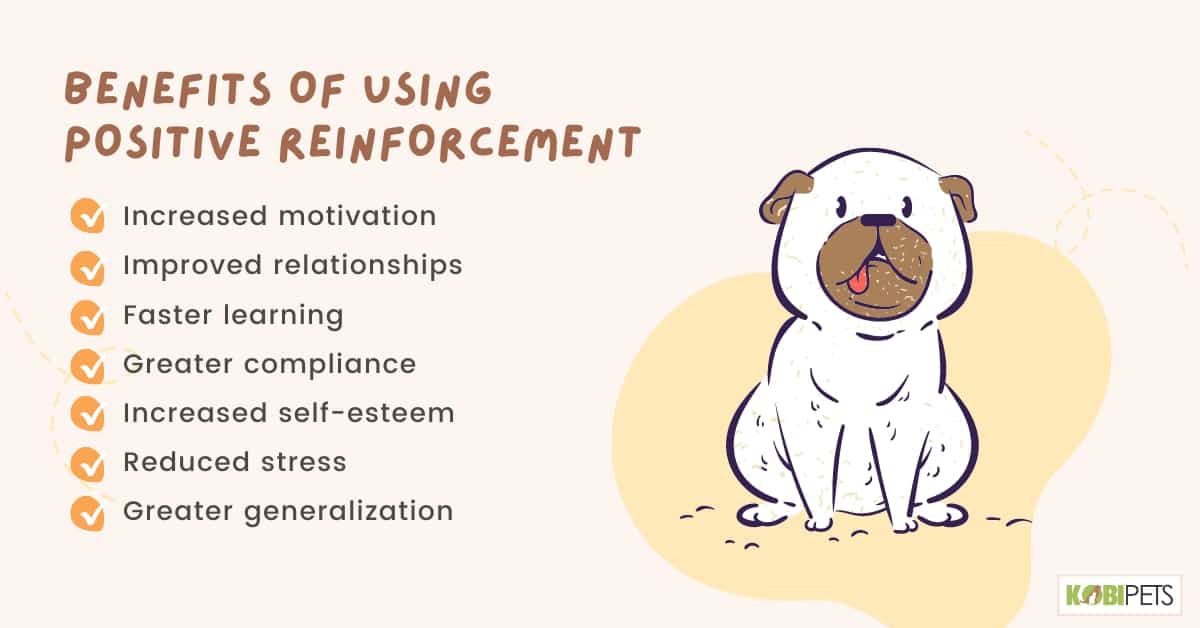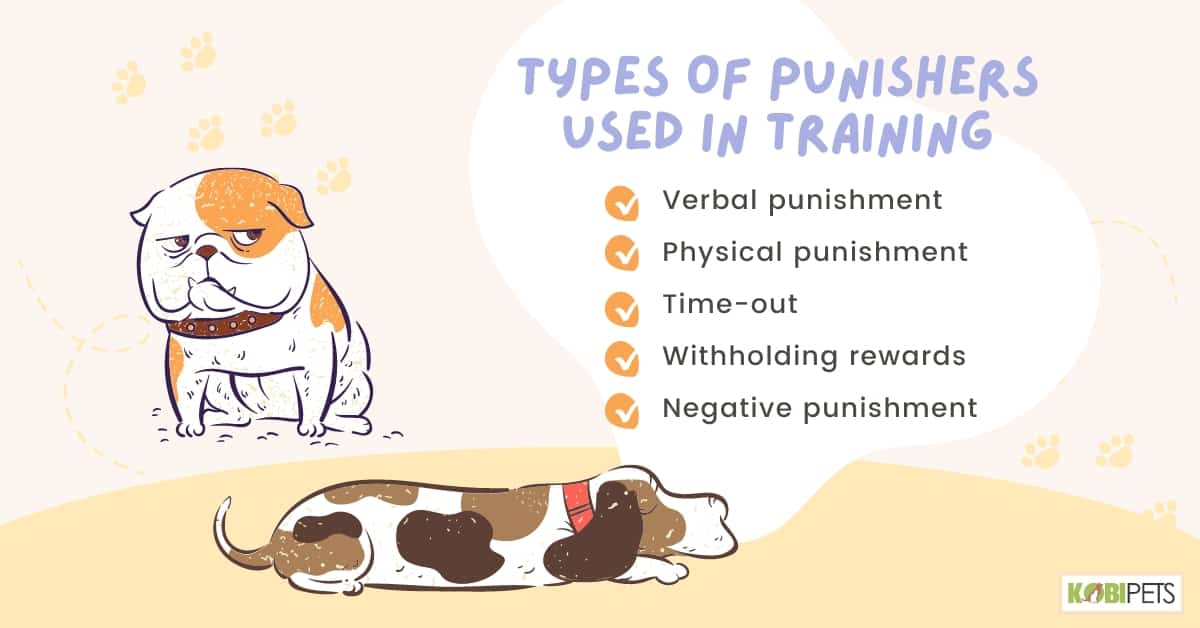
Training your pet properly is essential for obedience, and requires consistency and patience. Positive reinforcement is an effective and humane dog training technique that relies on providing rewards when the desired behavior is completed. Punishment should be used with caution under the guidance of a professional, as it can have negative side effects.
In this blog post, we will explore the different types of positive reinforcement and punishment, as well as the advantages and disadvantages of each approach. By understanding the differences between these two methods, you will be able to choose which one is best for your pup and achieve the desired results in training.
Dog Training Techniques
Dog training is about much more than simply teaching them to sit and stay. Whether you’re looking to train for a competition or for daily obedience, the techniques employed in achieving an obedient pet can differ drastically.
Different trainers will employ varying strategies that utilize positive reinforcement, such as food treats or verbal rewards, or numerous forms of negative reinforcement which focus on the removal of rewards or unpleasant feedback, like verbal corrections and physical punishment.
They may also employ methods such as desensitization and counterconditioning, which gradually reintroduces the animal to its source of anxiety while rewarding them when they display appropriate behavior.
Whichever method is used, it’s important that consistency and patience are consistently adhered to in order to achieve success.

Positive Reinforcement
Positive reinforcement is an effective and humane dog training technique that relies on providing rewards such as treats, verbal praise, or toys when your pooch completes a desired task. This type of conditioning communicates to the animal that he or she has done something you appreciate and encourages them to repeat the behavior again in the future.
As dogs are highly motivated by rewards, positive reinforcement helps build a strong relationship over time between the pup and the pet parent. Additionally, it keeps the most important thing in mind: the safety and well-being of your pup.
Ultimately, positive reinforcement can make for a more relaxed and delightful learning experience for both pet and owner alike.

Types of Rewards Used in Positive Reinforcement Training
There are several types of rewards that can be used in positive reinforcement training, including:
- Food rewards: These are often used in training animals, such as dogs or horses. Treats, such as small pieces of chicken or cheese, can be used to reward desired behavior.
- Verbal praise: Verbal praise can be a powerful reward for animals, as well as for children and adults. Saying “good job” or “well done” in a positive tone can reinforce desired behavior.
- Physical affection: Physical affection, such as petting or scratching, can be a rewarding experience for many animals, including dogs and cats.
- Toys and play: For animals, toys and play can be a great way to reward desired behavior. For example, a dog that sits on command may be rewarded with a game of fetch.
- Social rewards: For humans and animals, social rewards can be a powerful form of reinforcement. For example, a child who performs well in school may be rewarded with a sense of pride and accomplishment, or a dog that behaves well during a training session may be rewarded with praise and petting from its owner.
- Monetary rewards: Monetary rewards can be used as a way to reinforce desired behavior, such as paying an employee for meeting a sales target.
It’s worth noting that rewards should be matched to the individual, as some rewards may be more valuable to some individuals than others.

Types of Rewards Used in Positive Reinforcement Training
Benefits of Using Positive Reinforcement
Positive reinforcement is a training method that involves rewarding desired behavior to increase the likelihood that the behavior will be repeated in the future. There are several benefits to using positive reinforcement, including:
- Increased motivation: Positive reinforcement can increase an individual’s motivation to engage in a desired behavior. When a behavior is rewarded, it becomes more likely to be repeated in the future.
- Improved relationships: Positive reinforcement can improve relationships between trainers and trainees, as well as between individuals in a group setting. When individuals feel positively reinforced, they are more likely to have a positive attitude toward the person providing the reinforcement.
- Faster learning: Positive reinforcement can lead to faster learning, as it provides a clear signal to the individual that specific behavior is desired. This can reduce the time and effort needed to train an individual.
- Greater compliance: Positive reinforcement can lead to greater compliance, as individuals are more likely to engage in a behavior when they know it will be rewarded.
- Increased self-esteem: Positive reinforcement can increase an individual’s self-esteem and confidence, as they feel good about themselves when they engage in a behavior that is rewarded.
- Reduced stress: Positive reinforcement can reduce stress for both trainers and trainees, as it is a less confrontational and more enjoyable way to train.
- Greater generalization: Positive reinforcement can lead to greater generalization, as the individual learns to associate the desired behavior with a reward, regardless of the specific context in which the behavior is performed.
It’s important to note that positive reinforcement should be used in conjunction with other training methods, such as modeling and shaping, in order to be the most effective.

Benefits of Using Positive Reinforcement
Punishment
Many dog owners have their own opinions on the best way to train a dog, but unfortunately, not all techniques are humane. Animal cruelty laws have recently updated their regulations and are now punishing those who use inhumane methods for training, such as those involving physical force or punishment.
New regulations focus on positive reinforcement instead, emphasizing rewards for completing desired behaviors. Educating oneself on the most effective and non-punitive techniques for dog training can be beneficial not only for your pet but also to avoid any legal action.
It’s important that no matter which methods one uses to train a dog it remains respectful, kind, and without pain or fear.

Types of Punishers Used in Training
There are several types of punishers that can be used in dog training, including:
- Verbal punishment: Verbal punishment can involve using a harsh tone of voice, yelling, or scolding to indicate to the dog that behavior is undesirable.
- Physical punishment: Physical punishment can involve physically correcting the dog, such as using a choke chain or pinch collar to administer a correction, or hitting or striking the dog.
- Time-out: A time-out is a punishment that involves removing the dog from the current situation or environment as a consequence of undesirable behavior.
- Withholding rewards: Withholding rewards, such as food or play, can be used as a punishment when the dog does not perform a desired behavior.
- Negative punishment: Negative punishment involves taking away something the dog likes or wants, like a toy, a treat, or attention, as a consequence of undesired behavior.
It’s worth noting that punishment is not always the best way to address undesirable behavior, as it can cause fear, anxiety, and aggression in dogs. Positive reinforcement and positive punishment are often considered more humane and effective ways to train dogs.
Additionally, it’s important to understand that in most cases dogs don’t understand why they are being punished, and physical punishment can create fear and aggression in dogs.
It’s important to consult with a professional dog trainer or behaviorist before using any type of punishment in training. They can help you to understand the best approach for your dog and identify the underlying cause of the behavior that you want to change.

Types of Punishers Used in Training
Benefits of Using Punishment
Punishment is a training method that involves applying an unpleasant consequence to decrease the likelihood of a behavior being repeated in the future.
While there are some benefits to using punishment in dog training, it’s important to keep in mind that it can also have negative side effects and it should be used cautiously, if at all.
- Immediate effect: Punishment can have an immediate effect on reducing or stopping a behavior, especially in certain situations where the dog is engaging in a dangerous or destructive behavior.
- Clear communication: Punishment can communicate to the dog that specific behavior is not desired and help establish clear rules and boundaries.
- Can be used to decrease fear and aggression: Punishment can be used to decrease fear and aggression in dogs if it is applied correctly and under professional guidance.
- Can be used to decrease or stop certain behaviors: Punishment can be used to decrease or stop certain behaviors, such as barking, jumping, and biting.
It’s important to note that punishment should be used with caution and under the guidance of a professional dog trainer or behaviorist, as it can have negative side effects such as fear, anxiety, and aggression in dogs.
Additionally, punishment should be avoided if the cause of the behavior is not well understood, or if it’s caused by an underlying medical or emotional issue. Positive reinforcement and positive punishment, which focus on rewarding desired behaviors and redirecting the dog to a more desirable activity, are often considered more humane and effective ways to train dogs.

Benefits of Using Punishment
Pros and Cons of Positive Reinforcement vs. Punishment
Advantages and Disadvantages of Positive Reinforcement
It’s worth noting that positive reinforcement is considered by many as the most humane and effective way of training, but like any other method it has its limitations and it may not be effective for all individuals or behaviors.
Additionally, it should be used in conjunction with other training methods, such as modeling and shaping, in order to be the most effective.
| Advantages of Positive Reinforcement | Disadvantages of Positive Reinforcement |
| Increases motivation | Can be costly if using tangible rewards |
| Improves relationships | Can be difficult to identify the appropriate reward |
| Leads to faster learning | May not be effective for all individuals or behaviors |
| Increases compliance | Can be difficult to consistently deliver the reward |
| Increases self-esteem | Can be time-consuming to implement |
| Reduces stress | May not address underlying causes of behavior |
| Leads to greater generalization | Can be difficult to maintain over time |
Advantages and Disadvantages of Punishment
It’s worth noting that punishment should be used with caution and under the guidance of a professional dog trainer or behaviorist, as it can have negative side effects and it may not be effective for all individuals or behaviors.
Additionally, punishment should be avoided if the cause of the behavior is not well understood, or if it’s caused by an underlying medical or emotional issue. Positive reinforcement and positive punishment, which focus on rewarding desired behaviors and redirecting the dog to a more desirable activity, are often considered more humane and effective ways to train dogs.
| Advantages of Punishment | Disadvantages of Punishment |
| Can have an immediate effect on reducing or stopping a behavior | Can cause fear, anxiety, and aggression in dogs |
| Can communicate to the dog that specific behavior is not desired | This can lead to suppression of behavior, rather than change |
| Can be used to decrease fear and aggression if applied correctly | Can be difficult to apply consistently |
| Can be used to decrease or stop certain behaviors | Can be difficult to identify the appropriate punishment |
| Can be used to establish clear rules and boundaries | This can lead to negative side effects such as increased aggression or avoidance |
| Can be effective in certain situations | Can be harmful if applied incorrectly or excessively |
In Conclusion
Positive reinforcement and punishment both have their advantages and disadvantages when it comes to dog training. Positive reinforcement is considered by many as the most humane and effective way to train dogs because it relies on rewarding desired behavior rather than punishing undesired behavior.
On the other hand, punishment can be used in certain situations where the dog is engaging in dangerous or destructive behavior, but it should be used cautiously and with professional guidance as it can have negative side effects.
Ultimately, the most important thing is to keep in mind the safety and well-being of your pet when choosing a training method.






